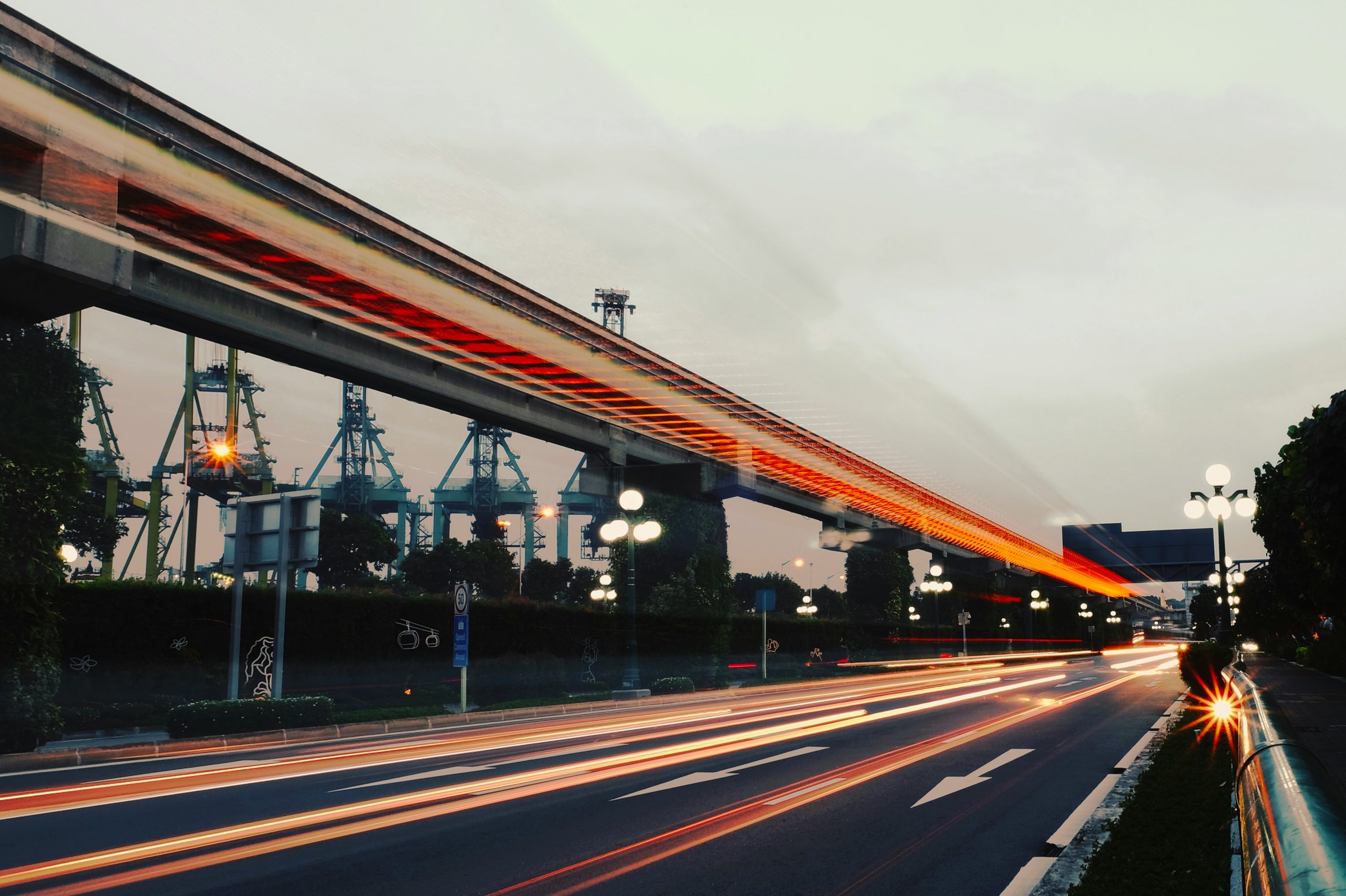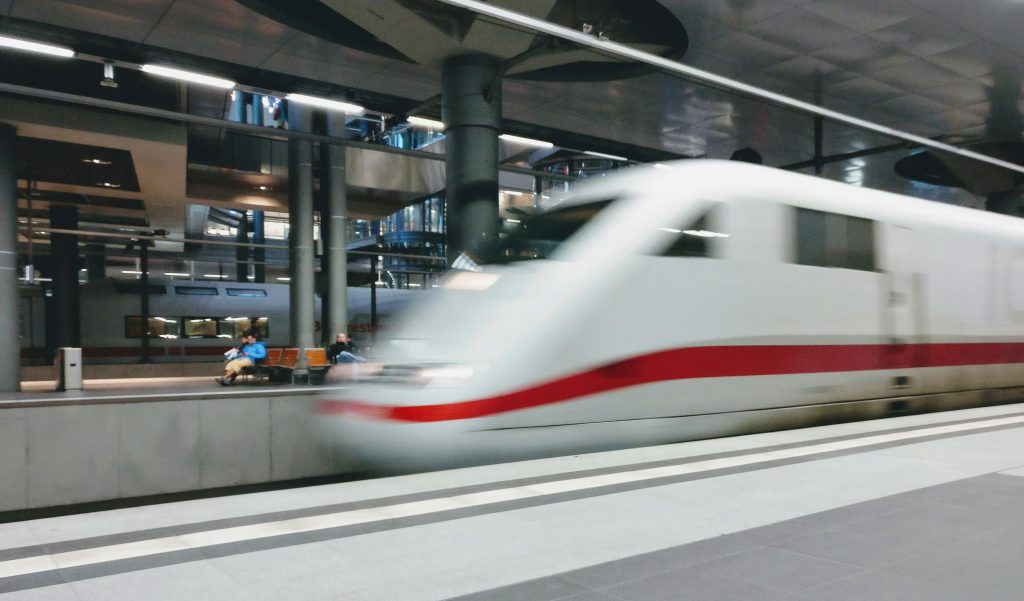
- Transportation is about getting from point A to point B and shaping our lives and world.
- Innovation in transportation requires smart policies that encourage R&D, incentivize private-sector innovation, and promote competition and consumer choice.
- The future of transportation will see significant shifts towards sustainable, reliable, and inclusive systems that satisfy the public’s demands and enhance their travel experiences.
- To build a future bridge to transportation, we must prioritize the public’s desires and build inclusively and thoughtfully that serves the greater good.
The wheels of modern transportation are turning faster than ever, not just physically but through a whirlwind of innovations, regulations, and social expectations. The transportation domain is in perpetual evolution from magnetic levitation and autonomous vehicles to reimagined public transit systems. But amidst these journeys into the future, one crucial question remains at the heart of the transforming sector: what do travelers truly desire from modern transportation?
Understanding the crux of public expectations is vital. It bridges the gap between the high-flown dreams of transport visionaries and the real-life needs of the general populace. In this comprehensive blog post, we will peel back the layers of the modern transit tapestry to reveal the core elements the public craves. We’ll explore how emerging technologies, policy shifts, and community-driven initiatives strive to meet these expectations.
Understanding Public Needs in Transportation

Transportation is more than getting from point A to point B; it’s an enabler that can define our daily experiences, collective identities, and economic destinies. Public transportation systems, streets, and highways are the veins through which the lifeblood of modern society flows. When these systems are ailing or inadequate, the public suffers. Through this lens, we must understand and address the public’s collective desires for their transportation.
Key Aspects Desired in Modern Transportation Systems
Each public transportation system or strategic initiative arises from a complex tapestry of needs, resources, and political will. Here are the five pillars that we have identified as universal elements of public desire when it comes to modern transportation.
1. Effective Leadership
Transportation projects, especially those on the grand scale, require astute leadership. At the helm, there should be visionaries and pragmatic stewards who can steer projects toward completion while staying true to inclusive and sustainable principles. Without competent leaders advocating for the public good, projects can fall prey to inefficiencies and fail to meet the diverse needs of their users.
Vision for the Future
One of the best examples is how the leaders of the Singapore Mass Rapid Transit (SMRT) system constantly strive to balance ridership growth, service expansion, and environmental sustainability. SMRT CEO Ngien Hoon Ping has always championed a vision that goes beyond providing efficient transportation to an integrated and inclusive public transport system. Working with him is SMRT Chairman Seah Moon Ming, who leads efforts to make the system more sustainable and resilient through innovative technologies.
2. Sustainability and Environmental Concerns
The modern traveler is increasingly environmentally conscious, with a growing preference for transportation options that are kind to the planet. This demand is not just about moral obligation; it’s a critical component in mitigating the impacts of climate change and creating a more livable urban environment.
The Electric Revolution
The spectacular rise of electric vehicles (EVs) speaks volumes about the public’s enthusiasm for sustainable transport. National and local governments offer incentives to nudge the market toward electrification, while private industry invests heavily in EV research and development.
3. Accessibility and Inclusivity
For a transportation system to be truly modern, it must be accessible to all, breaking down barriers that keep segments of the public from full participation in the mobility ecosystem.
Universal Design and Technology
Designing for accessibility benefits everyone. Low-floor buses, ramps, and elevators not only help passengers with disabilities but also parents with strollers and travelers with rolling luggage. Inclusivity also means leveraging technology to provide real-time information and on-demand services usable by all.
4. Integration and Connectivity
Silos are for farms, not for transportation networks. The public seeks a seamless, interconnected system that streamlines the process of moving from one mode of transport to another.
The One-Ticket Dream
The public desires the simplicity of a single ticket or payment method that allows them to use various transportation services without the hassle of multiple transactions. Integrated apps and contactless payment systems represent steps toward this seamless future.
5. Reliability and Safety
The latest in transportation technology is exciting, but for the public, reliability, and safety will always be the bedrock upon which they build their trust in a system.
Zero-Tolerance for Accidents
Safety initiatives like Vision Zero aim to eliminate traffic-related fatalities through improved infrastructure and user education. By prioritizing safety in every aspect of transportation design and operation, we can make significant strides in protecting the public.
Meeting These Expectations Through Innovation and Policy

Satisfying the public’s appetite for optimal transportation systems necessitates a blend of innovation and policy prowess. Forward-thinking authorities and policymakers must be willing to adapt and evolve with the advancing times, seizing opportunities to redefine and enhance the public’s experience.
Innovate or Stagnate
Innovation in transportation isn’t just about building new things; it’s about rethinking how systems operate. Mobility as a service (MaaS) concepts, for example, represent a radical shift from transportation-as-ownership to transportation-as-a-service, potentially transforming the personal vehicle from a necessary burden to a luxury of choice.
Policy Leadership
For innovation to thrive, it must be nurtured by intelligent, forward-looking policies. This can include a combination of public investment to spur R&D, targeted incentives to encourage private-sector innovation, and regulations that set the stage for competition and consumer choice.
Final Thoughts
The public’s relationship with transportation is a deeply personal and collective one. From the daily grind of the commute to the exhilaration of exploration, our shared mobility experiences shape our lives and world. As we design the systems that will carry us into the future, it is paramount that we reflect on the public’s desires and build in a manner that is inclusive and thoughtful. This approach will ensure that our transportation systems grow in size and their ability to serve the greater good.
